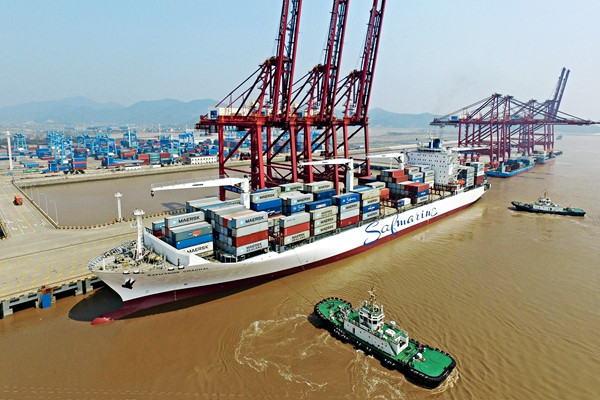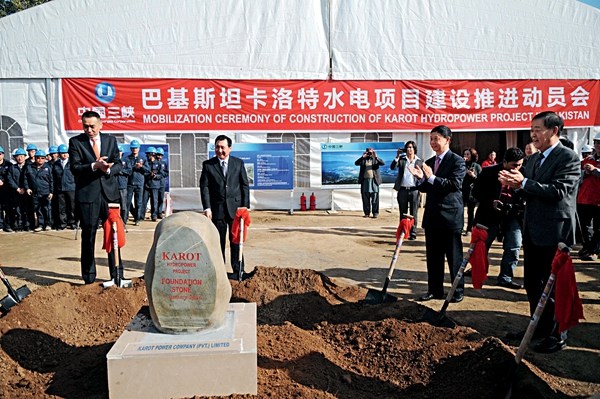Since President Xi Jinping first proposed the Belt and Road Initiative in 2013, more than 100 countries and international organizations have shown keen interest in the program. Around 50 countries have signed cooperative agreements (or MOU), more than 20 have carried out productivity cooperation, and a host of major projects is in progress.
This favorable, wide-ranging feedback is attributable to the open-ended cooperative essence of the new initiative; it adopts neither preset conditions nor any discriminatory mechanism. In accordance with the fundamental principles of win-win cooperation and mutual benefit, any country may make full use of the platform according to its native endowments of development resources.
Openness and Practical Cooperation
The Belt and Road Initiative is a transnational, multi-functional mechanism. First, it aims to promote mutual development among countries along the Silk Road Economic Belt and 21st-Century Maritime Silk Road by meeting shared challenges and resolving problems through negotiations.

Rajat M. Nag, former managing director general of the Asia Development Bank, referred to the Belt and Road Initiative in a speech at the Emerging Market Institute of Beijing Normal University on April 5; he regarded the initiative as a form of open regionalism.
In this sense, the initiative is directly conductive to regional cooperation, especially with regard to the economy. As its initiator, China has no intention to establish a sphere of influence. Rather, the country, along with others along the routes, expects to improve global governance in a way that will give developing countries more of a say, and thus benefit more people.
Second, the initiative is a pragmatic construction and implementation mechanism. Instead of employing empty rhetoric, it is taking concrete action towards building consensus and pushing forward the implementation of proposals. As President Xi Jinping stated, the Belt and Road Initiative encompasses at least five aspects – policy coordination, facility connectivity, unimpeded trade, financial integration, and people-to-people bonds.
Specifically, the five aspects fall under two categories. Policy coordination and people-to-people bonds relate to so-called software building – the focus of the former on inter-government exchange and cooperation, and that of the latter on exchanges among peoples. The second category, hardware building, advocates infrastructure and interconnectivity, trade, and financial cooperation.

On the basis of developing both software and hardware, the Belt and Road Initiative makes it possible for related countries to construct and implement various projects so as to achieve mutual benefits.


















































